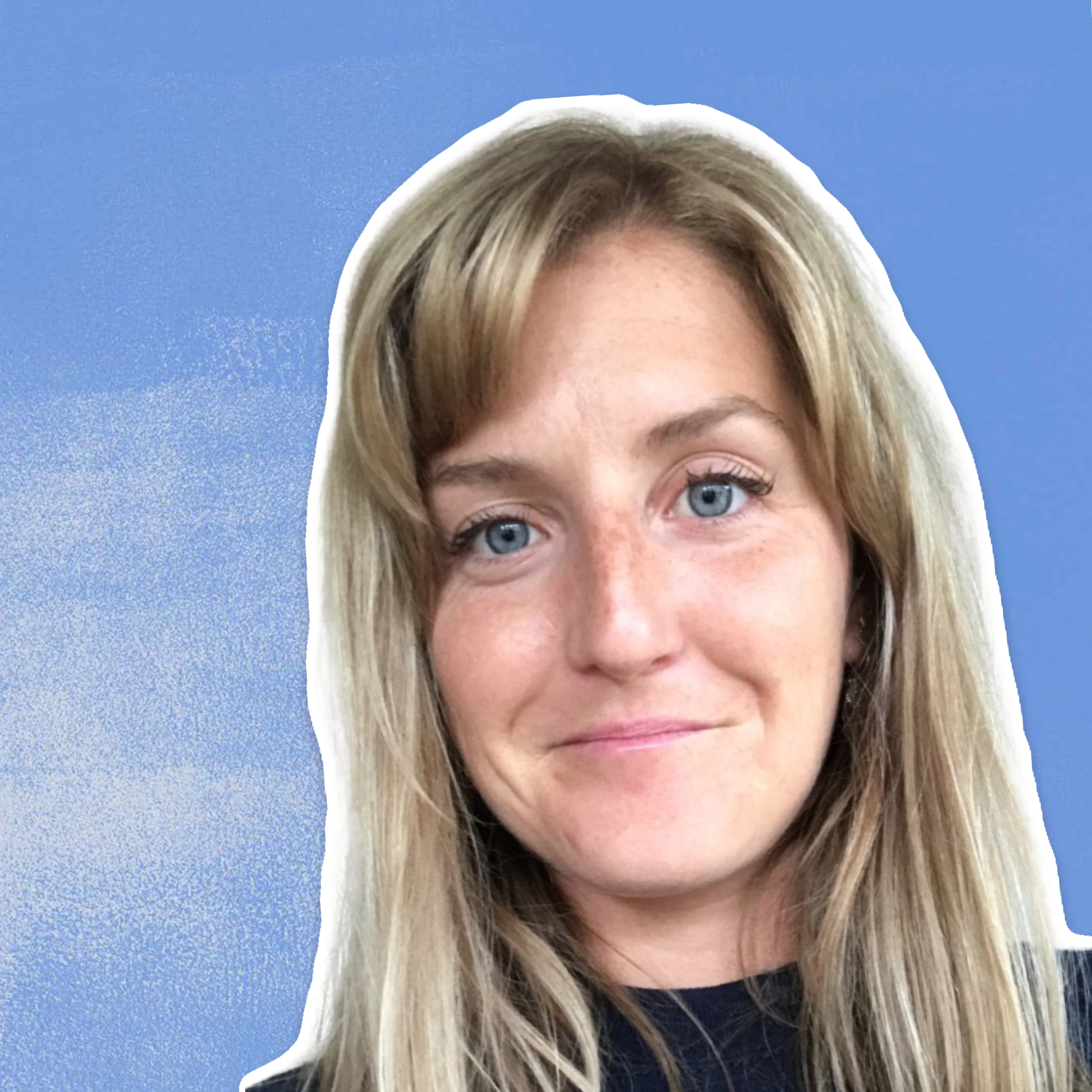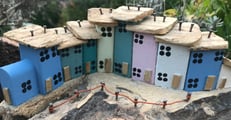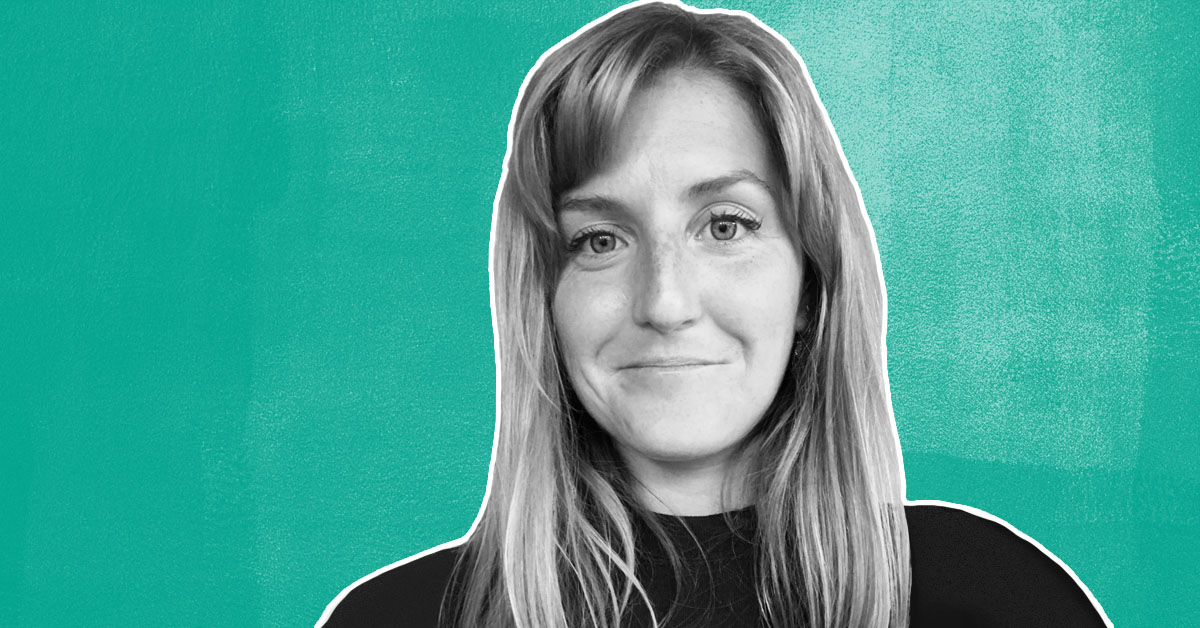Have you ever heard of shinrin-yoku? The term was coined by the Japanese Ministry of Agriculture, Forestry, and Fisheries in 1982 and literally translates to “forest bathing” in English. The practice of “taking in the atmosphere of the forest” was conceived as an antidote to the emerging tech burnout that four decades later has become endemic in our overly-connected lives.
At almost the same time the Japanese government was introducing forest bathing, a professor at Harvard University was developing his “biophilia hypothesis” to describe humans’ innate need to connect with nature.
Since then, research has proved that simply being in nature—including urban nature—has an enormously beneficial effect on our physical and psychological wellness. And the concept of biophilia has become an increasingly critical element in the way we design our urban spaces.
Biophilic design bridges our evolutionary need for nature with our modern built environment, aiming to bring the basic elements of nature back to buildings and cities and celebrate them.
Washington, DC, has been a part of the biophilic cities network for the past six years, and with continuous effort by experts who do work similar to Kogod business administration and master’s in sustainability management alum Becks Treharne, the District remains an integral member.
Treharne came to the US from the South of Wales on a field hockey scholarship and attended the Kogod School of Business for both her undergraduate and graduate degrees. “During my master’s, I interned with a company called Urban Ecosystem Restoration, who encouraged and supported land and business owners to integrate more nature on their premises and even regenerate spaces that were once marshland or forests within the city. This was the start of my interest and understanding that we can bring more nature into cities,” says Treharne. “During my master’s program, we learned about the concept of biophilia, which is our connection to nature and the understanding that we are biologically connected to it. We have an innate need to spend time in it.”
Treharne’s desire to connect cities with nature sparked the growth of her UK consultancy business, Naturally Reconnected. Her hope is to inspire the next generation of biophilic cities by helping others have a more holistic approach to city design–not only by looking at physical space, but by also integrating educational opportunities, sensory stimulation, and mirroring the natural world.
Treharne is currently working with Planted Cities, a contemporary design company, aimed at reconnecting people and places with nature. “It’s great working with Planted Cities and seeing biophilia integrated on a smaller, more personal scale,” says Treharne. “It gives me a wider appreciation of how it is possible to integrate biophilic design into cities.”
Biophilic design is created around three types of experiences with nature, which Treharne uses in her work. Direct experiences with nature: fire, water, animals, light, and air; indirect experiences with nature: images of nature, natural materials, natural colors and shapes; and the experience of space and place: how you experience the place you’re in, mobility, views, vistas. Treharne explains that natural is so complex, it is so much more than just green infrastructure.
And implementing biophilic design on a city scale isn’t her only goal—educating others is a huge focus.
If you give people the opportunity to interact with nature, they’re more likely to develop a connection to it and learn more about why time spent in nature is so critical to our health and well-being.”

Becks Treharne
Kogod Alum and Founder of Naturally Reconnected
“Our relationship to nature is like a muscle in the body. You have to work to develop it in order for it to grow and mean something. The more opportunities people have to spend time in nature, the more benefits they’ll be able to get from it” says Treharne.
The need for biophilic design has only been made more glaring in the last year. A study in 2016 showed that 75 percent of children in the UK spend less time outdoors than prison inmates. “During the COVID-19 lockdowns, there were times in the UK when you were only permitted to go outside for one hour a day. For some, that wasn’t even long enough to walk to their nearest park and back,” says Treharne.
During the months of lockdown due to the pandemic, Treharne combined her imagination and knowledge of biophilia with her father’s passion for woodworking to  create biophilic designs on a smaller scale. They live in Llanelli on the coast of Wales, where driftwood and other natural materials frequently wash ashore. Together they created seascapes and other sculptures to sell on their online shop, Turned by the Tide. “I wanted to help bring nature into people’s homes,” says Treharne.
create biophilic designs on a smaller scale. They live in Llanelli on the coast of Wales, where driftwood and other natural materials frequently wash ashore. Together they created seascapes and other sculptures to sell on their online shop, Turned by the Tide. “I wanted to help bring nature into people’s homes,” says Treharne.
Now that lockdowns have been lifted, she’s focusing more on her consultancy business, which she hopes to grow to a point where she is working with urban designers, architects, and local authorities in designing biophilic spaces. “Connection and access to nature shouldn’t depend on your lifestyle, money, background, or ethnicity, but unfortunately, right now, it too often does. This is why we need to be making quality, complex nature a more prominent part of city design, so that everyone has access and no child grows up without experiencing the magic of nature,” says Treharne.
If Treharne has one ultimate goal, it’s to inspire change. “We’re not going to be able to rely on access to large parks in the future, because there won’t be space,” she says. “Cities are going to become more crowded, and we will need to be more innovative and creative with how we design nature into these spaces. We cannot continue to expand out, but we can integrate nature into architecture, urban realm, and the street network so there are endless opportunities to interact with nature. Hopefully, in the future, instead of walking past one park on the way to school or work, we can walk past ten buildings all filled with biophilic architecture and green infrastructure. That will do huge amounts for our well-being.”
